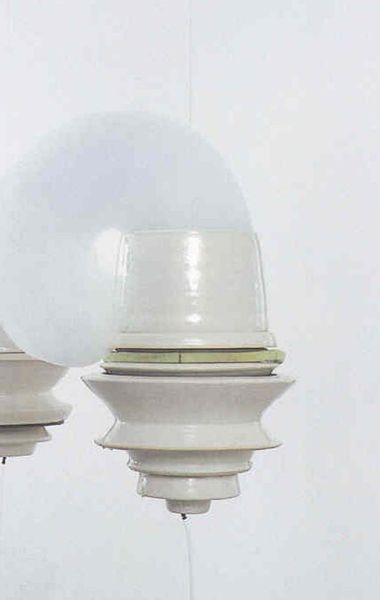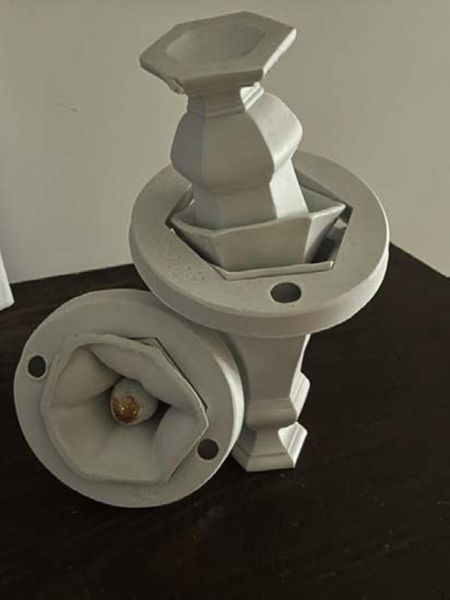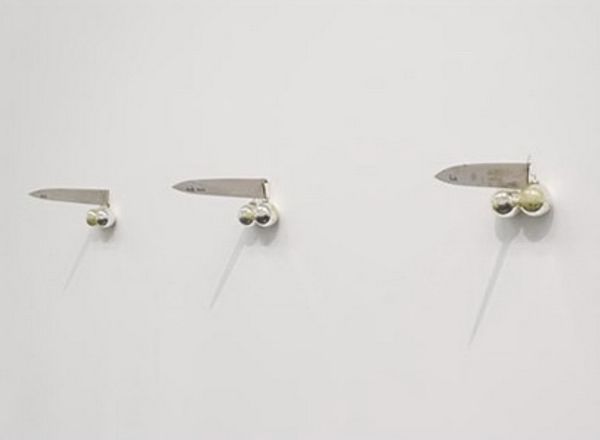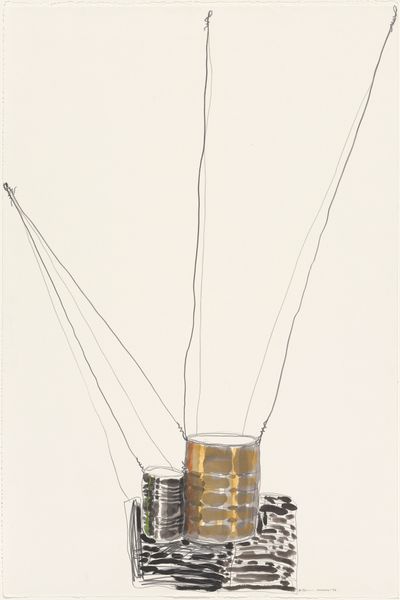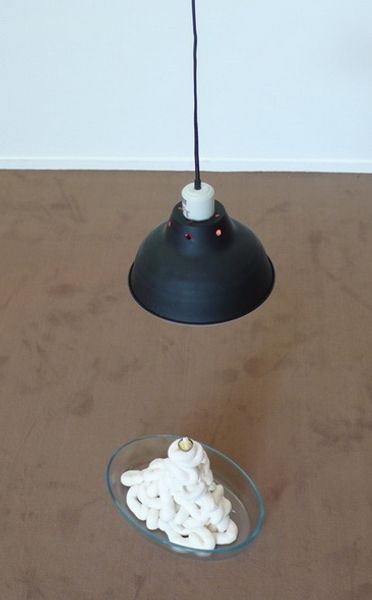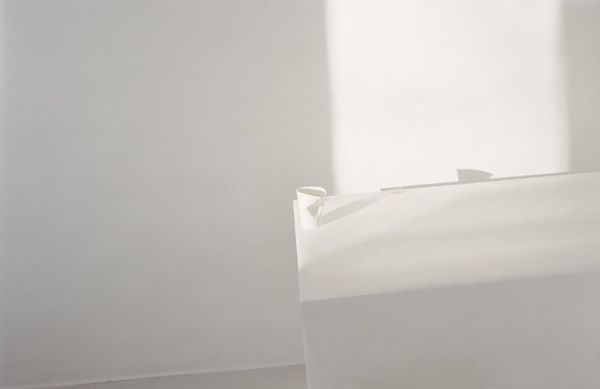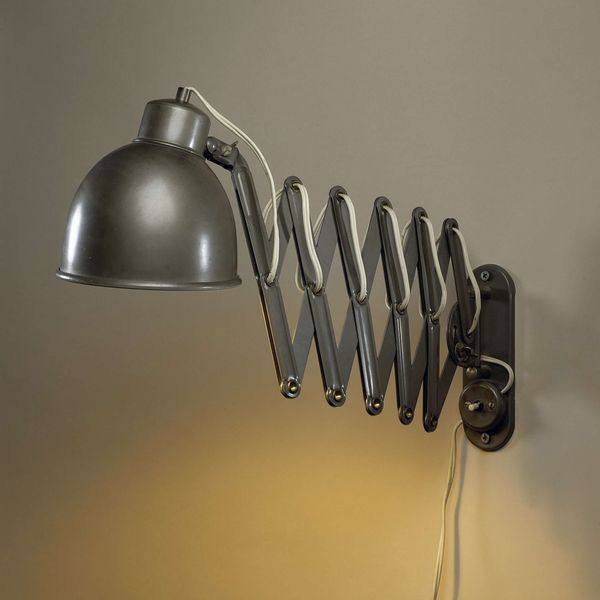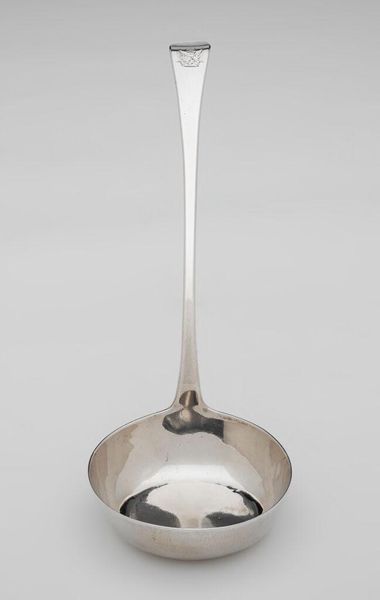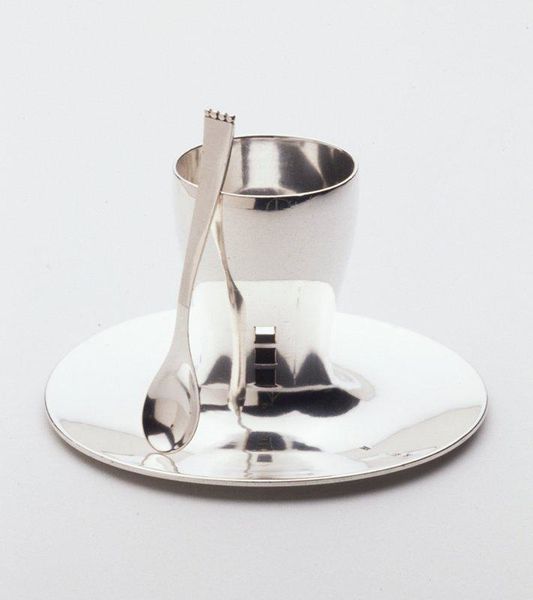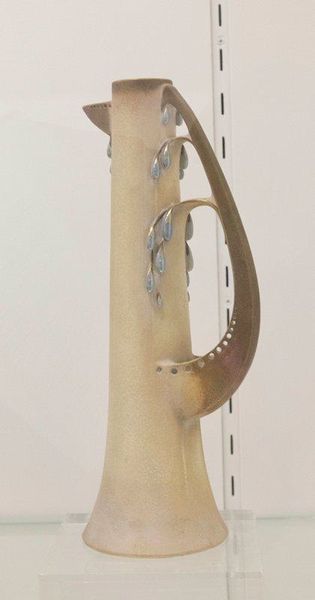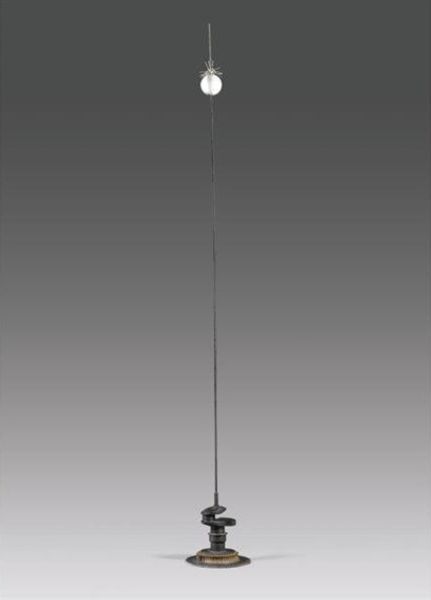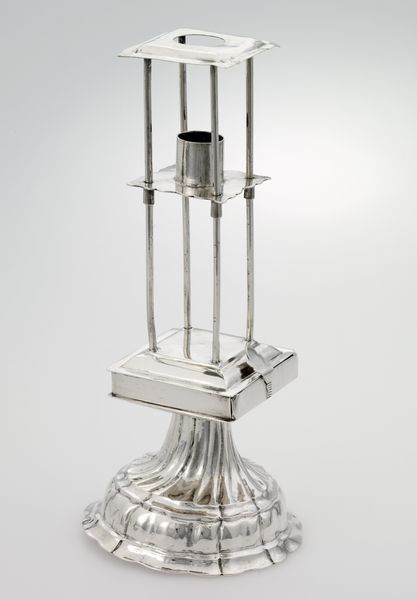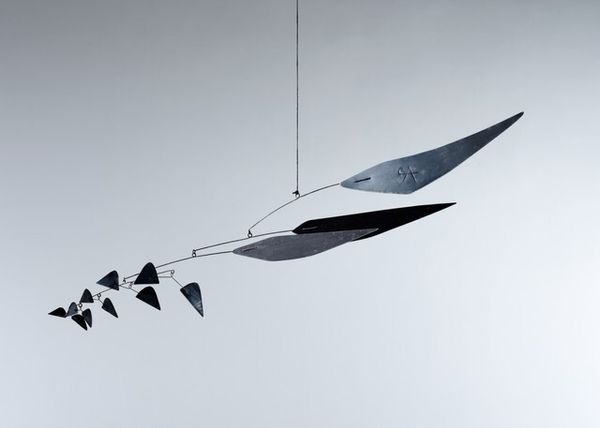
Dimensions: display dimensions variable
Copyright: © Roger Hiorns | CC-BY-NC-ND 4.0 DEED, Photo: Tate
Curator: Here we have a work from Roger Hiorns, born in 1975. This piece, currently held in the Tate Collections, is simply called "Untitled," and its dimensions vary depending on how it's displayed. Editor: My first thought? These bizarre, almost ghostly, chandeliers. They feel fragile, like they could float away or shatter with a loud noise. Curator: Precisely. Hiorns often uses everyday objects, manipulating them to explore themes of decay and transformation. There’s a tension between the familiar form of the chandelier and its unsettling emptiness. Editor: It's like a memory of opulence, stripped bare. The absence feels more powerful than any crystal ever could. It makes you question what we value, what we choose to preserve. Curator: Absolutely. It questions our expectations of sculpture, of what adornment even means in contemporary society. These chandeliers hang, waiting, asking us to reflect. Editor: Yeah, there is this weirdly sad beauty to them. Like they're holding onto something they've lost, but still glowing softly.
Comments
Join the conversation
Join millions of artists and users on Artera today and experience the ultimate creative platform.
tate 6 months ago
⋮
Untitled is one of a series of six untitled, hollow ceramic vessels collectively known as Beachy Head (Tate T12457–T12462). These works are designed to be suspended from the ceiling with stainless steel wire and filled with soap detergent. The ceramic vessel that constitutes the body of Untitled has a glassy off-white surface coating, its shape somewhat similar to a bobbin. From the centre of its base runs a transparent silicon hose that is connected to an air compressor that feeds oxygen into the vessel. When the air compressor is switched on, the oxygen mixes with the soap detergent to produce frothy white foam that exudes out of the vessel’s spout. This column of foam, which maintains the cylindrical form of the inside of the vessel, grows steadily upwards until it can no longer support itself. The foam bends and flops flaccidly around the vessel before oozing on to the floor below, leaving a sticky entropic residue. The device continues to produce the foamy precipitate until the emission is entirely dispersed.
